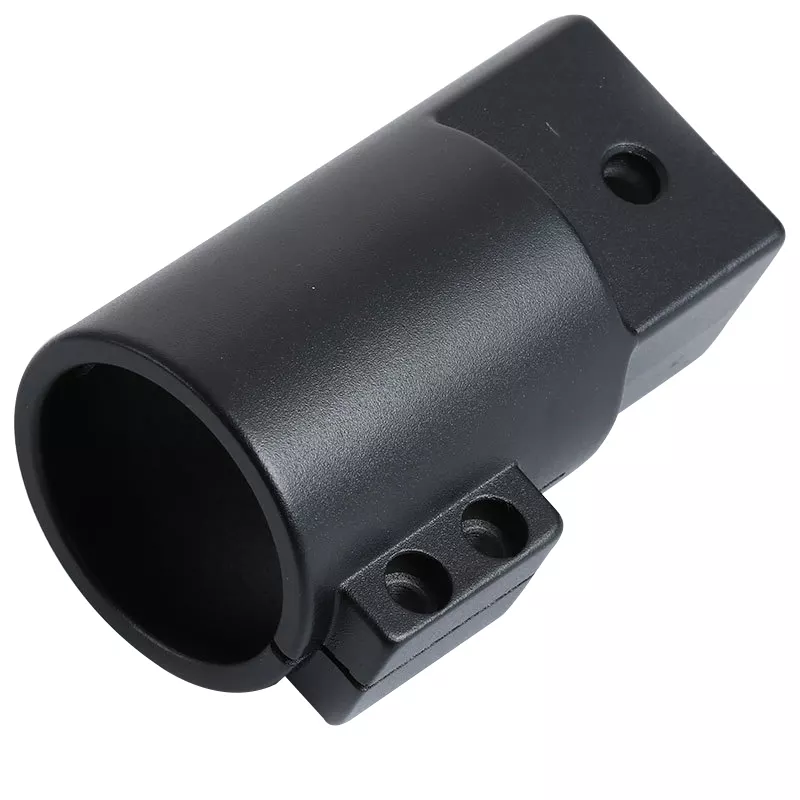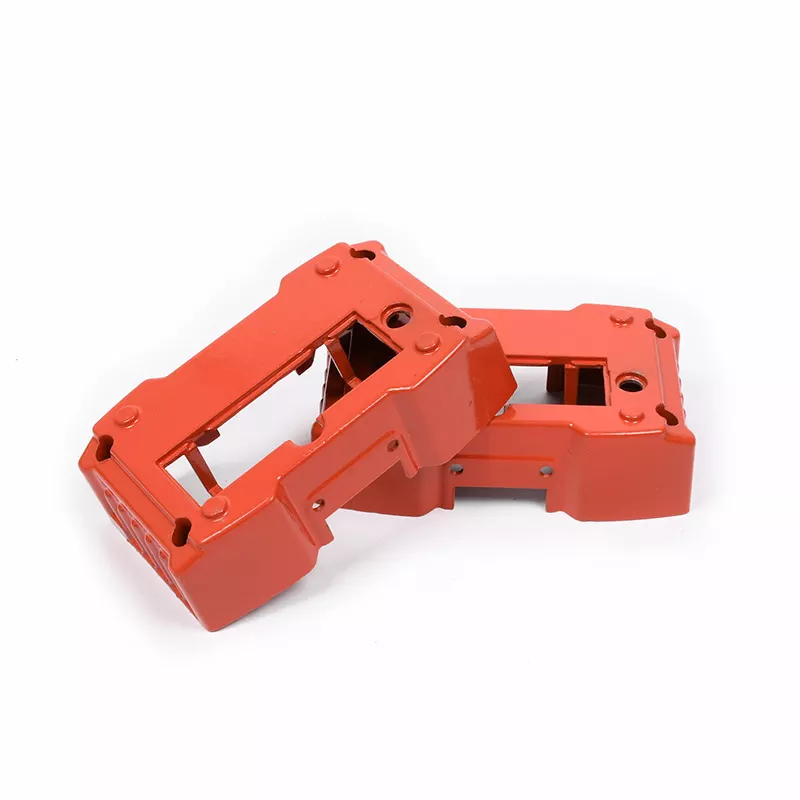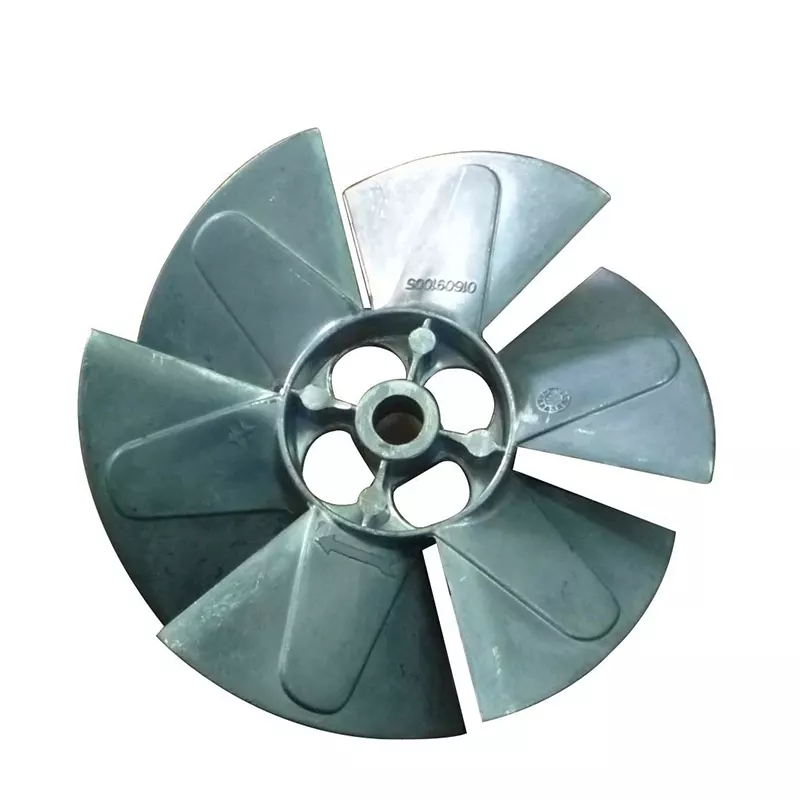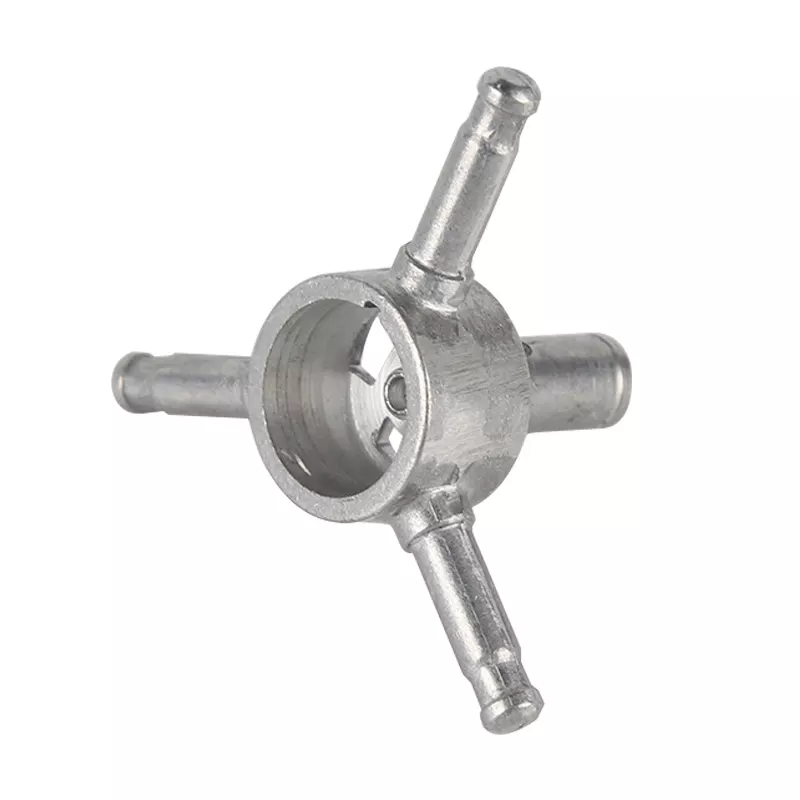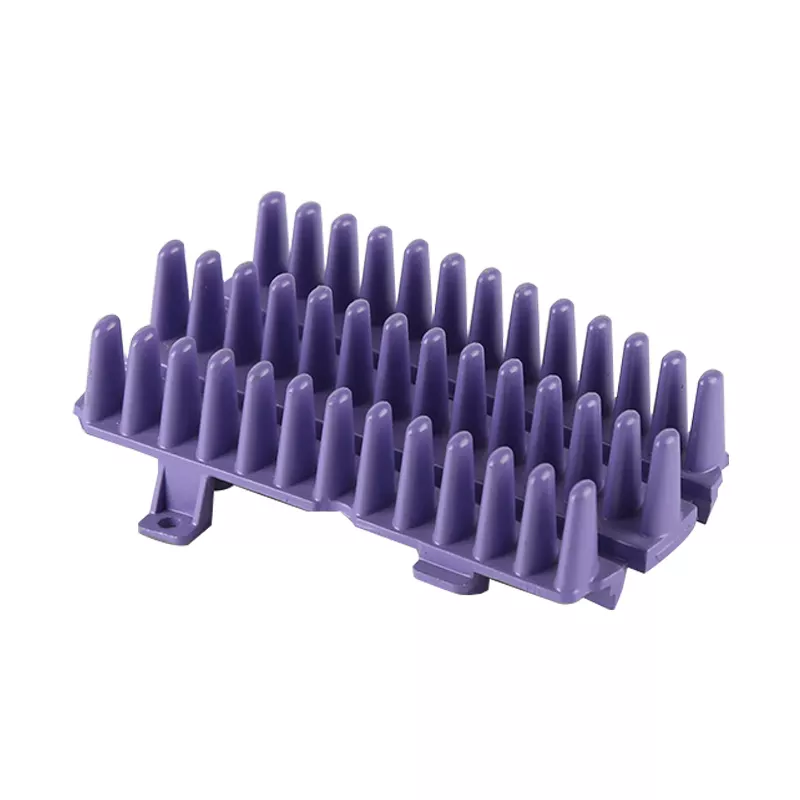Stainless steel is a kind of special steel material. The Cr content in the steel must exceed 12% to ensure its unique corrosion resistance. According to different corrosion resistance and strength requirements, stainless steel is divided into austenite, ferrite, martensite, duplex and precipitation hardening according to its microstructure. Among them, the austenite represented by AISI316L and 317L Body stainless steel is the most commonly used surgical implant metal material, and other types of stainless steel are mainly used to make medical tools or special surgical instruments.
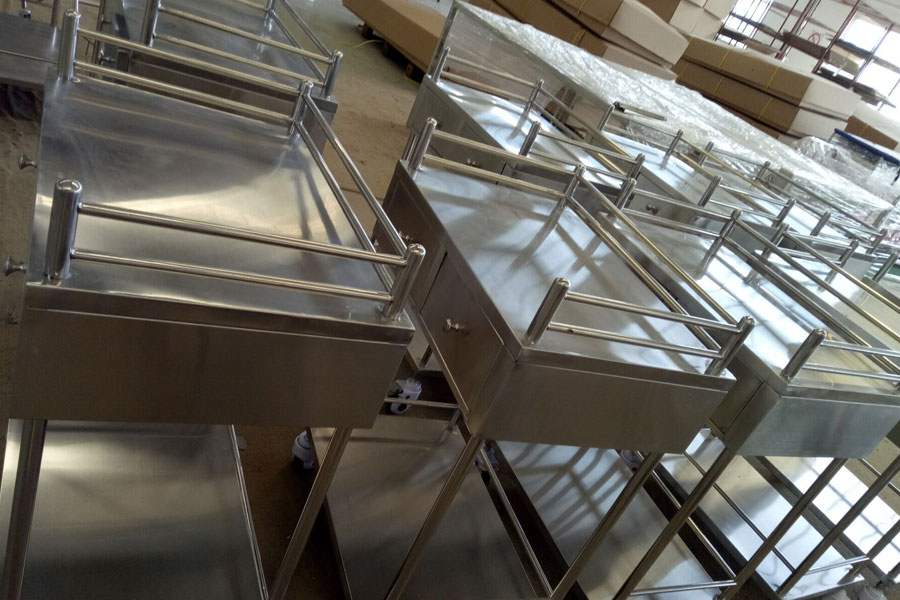
Compared with stainless steel for industrial structures, medical stainless steel is required to maintain excellent corrosion resistance in the human body to reduce the dissolution of metal ions, avoid intergranular corrosion, stress corrosion and other local corrosion phenomena, and prevent failure and fracture during implantation. To ensure the safety of implanted devices, its chemical composition requirements are relatively strict. Medical stainless steel, especially stainless steel for implants, contains alloy elements such as Ni and Cr higher than ordinary stainless steel, and the content of impurity elements such as S and P are lower than ordinary stainless steel. It is clearly stipulated that the size of non-metallic inclusions in steel should be smaller than Level 1.5 (fine line) and level 1 (thick line). In order to avoid intergranular corrosion of medical stainless steel, it is also required to have a lower C content. With the progress of metallurgical technology and the improvement of application requirements, in the domestic and foreign standards of medical stainless steel revised in recent years, all the requirements for C content in steel shall not be higher than 0.03% (such as ASTMF138-03, ASTMF139-03, ISO5832-1- 2007, GB4234-2003, etc.).
The chemical composition of several domestic medical implant stainless steels is shown in the following table:
Compared with stainless steel for industrial structures, medical stainless steel is required to maintain excellent corrosion resistance in the human body to reduce the dissolution of metal ions, avoid intergranular corrosion, stress corrosion and other local corrosion phenomena, and prevent failure and fracture during implantation. To ensure the safety of implanted devices, its chemical composition requirements are relatively strict. Medical stainless steel, especially stainless steel for implants, contains alloy elements such as Ni and Cr higher than ordinary stainless steel, and the content of impurity elements such as S and P are lower than ordinary stainless steel. It is clearly stipulated that the size of non-metallic inclusions in steel should be smaller than Level 1.5 (fine line) and level 1 (thick line). In order to avoid intergranular corrosion of medical stainless steel, it is also required to have a lower C content. With the progress of metallurgical technology and the improvement of application requirements, in the domestic and foreign standards of medical stainless steel revised in recent years, all the requirements for C content in steel shall not be higher than 0.03% (such as ASTMF138-03, ASTMF139-03, ISO5832-1- 2007, GB4234-2003, etc.).
In recent years, China's medical device industry has seen a significant increase in demand for high-quality and low-cost medical stainless steel wires, bars, orthopedic plates, screws and other semi-finished products, reaching more than a few hundred tons every year. The laser cutting medical stainless steel required by the Chinese medical device market mainly includes 304, 317L, 420J2, 3Cr13Mo, 6Cr13Mo, 00Cr18Ni14Mo3, 00Cr18Ni15Mo3, etc.
The potential of China's stainless steel medical equipment is huge, but the foundation of related industries is still relatively weak, and the industrial technology and quality are generally at the international midstream level. Especially in the design, manufacturing and comprehensive supporting capabilities of stainless steel medical equipment products, it is not yet able to fully provide various products that meet clinical needs, and it needs to be more technologically promoted. China's medical stainless steel materials and related medical equipment industry will directly face huge opportunities and challenges in the domestic and foreign markets in the future, and should continue to develop to a higher level.
China is at the same level as the international development level in high nitrogen nickel-free medical austenitic stainless steel, antibacterial stainless steel and related surface modification technology and other emerging medical stainless steel and technology research. With the anticoagulant mechanism of nickel-free stainless steel and the antibacterial stainless steel The continuous in-depth research on the mechanism of bacterial infection, the surface activation of medical stainless steel, the biosafety and mechanical compatibility of emerging medical stainless steels, etc. will surely further promote the clinical application and clinical application of new medical stainless steels with independent intellectual property rights. The design and manufacture of new stainless steel medical devices have produced new social and economic benefits.




